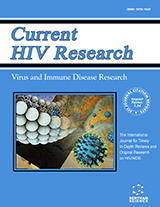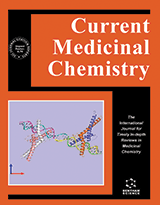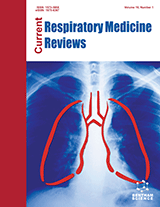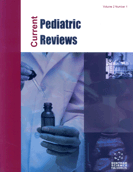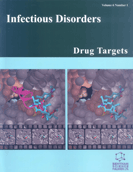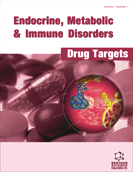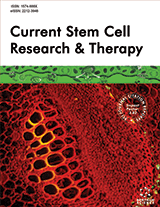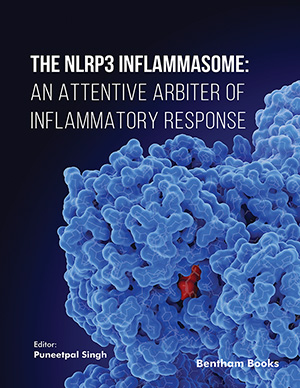Abstract
Human immunodeficiency virus type 1 (HIV) infects macrophages and microglia in the CNS and frequently causes neurocognitive impairment. Although antiviral therapy generally reduces the viral load in the CNS and improves HIV-associated neurological dysfunction, most current antiviral drugs have poor CNS penetrance and cannot completely suppress viral replication. Furthermore, drug-resistance mutations can evolve independently in the CNS. Thus, a longlived viral reservoir persists in macrophages and microglia in the brain despite antiviral therapy. This review discusses mechanisms underlying the neurotropism of HIV, focusing on the role of the HIV envelope glycoproteins and their interactions with CD4 and the chemokine receptors CCR5 and CXCR4. We review data from studies of neurotropic HIV derived from the brains of patients with HIV-associated neurocognitive impairment as well as studies of nonhuman primate models. Understanding mechanisms that underlie HIV neurotropism and neurovirulence is critical for development of therapeutics to inhibit CNS infection and preventing neurological injury in HIV-infected individuals.
Keywords: HIV, CCR5, macrophages, microglia, neurotropism
Current HIV Research
Title: Mechanisms of HIV-1 Neurotropism
Volume: 4 Issue: 3
Author(s): Rebecca Dunfee, Elaine R. Thomas, Paul R. Gorry, Jianbin Wang, Petronela Ancuta and Dana Gabuzda
Affiliation:
Keywords: HIV, CCR5, macrophages, microglia, neurotropism
Abstract: Human immunodeficiency virus type 1 (HIV) infects macrophages and microglia in the CNS and frequently causes neurocognitive impairment. Although antiviral therapy generally reduces the viral load in the CNS and improves HIV-associated neurological dysfunction, most current antiviral drugs have poor CNS penetrance and cannot completely suppress viral replication. Furthermore, drug-resistance mutations can evolve independently in the CNS. Thus, a longlived viral reservoir persists in macrophages and microglia in the brain despite antiviral therapy. This review discusses mechanisms underlying the neurotropism of HIV, focusing on the role of the HIV envelope glycoproteins and their interactions with CD4 and the chemokine receptors CCR5 and CXCR4. We review data from studies of neurotropic HIV derived from the brains of patients with HIV-associated neurocognitive impairment as well as studies of nonhuman primate models. Understanding mechanisms that underlie HIV neurotropism and neurovirulence is critical for development of therapeutics to inhibit CNS infection and preventing neurological injury in HIV-infected individuals.
Export Options
About this article
Cite this article as:
Dunfee Rebecca, Thomas R. Elaine, Gorry R. Paul, Wang Jianbin, Ancuta Petronela and Gabuzda Dana, Mechanisms of HIV-1 Neurotropism, Current HIV Research 2006; 4 (3) . https://dx.doi.org/10.2174/157016206777709500
| DOI https://dx.doi.org/10.2174/157016206777709500 |
Print ISSN 1570-162X |
| Publisher Name Bentham Science Publisher |
Online ISSN 1873-4251 |
Call for Papers in Thematic Issues
HIV vaccine development
The development of a safe and effective vaccine that impedes HIV-1 transmission and/or limits the severity of infection remains a public health priority. The HIV-1/AIDS pandemic continues to have a disproportionate impact on vulnerable and under-served communities in the USA and globally. In the USA, minority communities that have relatively ...read more
 5
5
- Author Guidelines
- Graphical Abstracts
- Fabricating and Stating False Information
- Research Misconduct
- Post Publication Discussions and Corrections
- Publishing Ethics and Rectitude
- Increase Visibility of Your Article
- Archiving Policies
- Peer Review Workflow
- Order Your Article Before Print
- Promote Your Article
- Manuscript Transfer Facility
- Editorial Policies
- Allegations from Whistleblowers
Related Articles
-
Oncolytic HSV-1 Virotherapy: Clinical Experience and Opportunities for Progress
Current Pharmaceutical Biotechnology Brain Targeted Drug Delivery: Factors, Approaches and Patents
Recent Patents on Nanomedicine Animal Models of Systemic Sclerosis
Current Pharmaceutical Design Mathematical Models for the Management of Helminth Parasites: From Biological Processes to the Evolution of Anthelmintic Resistance
Anti-Infective Agents in Medicinal Chemistry A Scientometrics Analysis and Visualization of Depressive Disorder
Current Neuropharmacology Detailed Molecular Biochemistry for Novel Therapeutic Design Against Nipah and Hendra Virus: A Systematic Review
Current Molecular Pharmacology New Opportunities in the Structure-based Design of Anti-Protozoan Agents
Current Topics in Medicinal Chemistry Tryptophan Catabolites and Their Impact on Multiple Sclerosis Progression
Current Pharmaceutical Design Novel Therapeutic Approaches to Autoimmune Demyelinating Disorders
Current Pharmaceutical Design Tandem Repeat Peptide Strategy for the Design of Neurotrophic Factor Mimetics
CNS & Neurological Disorders - Drug Targets Therapeutics and Immunoprophylaxis Against Noroviruses and Rotaviruses: The Past, Present, and Future
Current Drug Metabolism Small Non-Coding RNAs as Biomarkers
Recent Patents on Biomarkers Genomic Databases and the Search of Protein Targets for Protozoan Parasites
Current Drug Targets Targeting Purine and Pyrimidine Metabolism in Human Apicomplexan Parasites
Current Drug Targets Inhibition of Flaviviridae Replication Complex: Assays to Investigate the Modulating Effect of Potential Compounds
Current Enzyme Inhibition Gene Targeting and Expression Modulation by Peptide Nucleic Acids (PNA)
Current Pharmaceutical Design Substance Abuse, HIV-1 and Hepatitis
Current HIV Research Infantile Epileptic Encephalopathy with Hypsarrhythmia (Infantile Spasms/West Syndrome) and Immunity
Central Nervous System Agents in Medicinal Chemistry Ideational Fluency in Patients with Rheumatoid Arthritis
Current Rheumatology Reviews Viral Envelope Membrane: A Special Entry Pathway and a Promising Drug Target
Current Medicinal Chemistry


